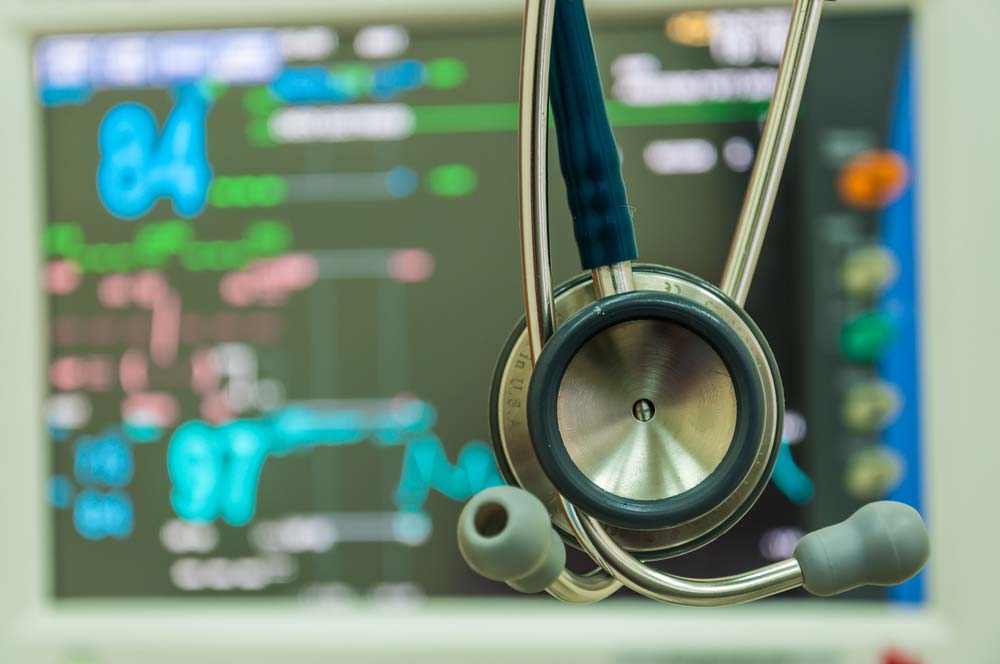HAZWOPER/HAZMAT Medical Exams
HAZWOPER/HAZMAT Medical Exams
HAZWOPER/HAZMAT medical examinations should be developed and used in conjunction with pre-employment screening examinations. Comparison of sequential medical reports with baseline data is essential to determine biologic trends that may mark early signs of adverse health effects, and thereby facilitate appropriate protective measures. The frequency and content of medical examinations will vary, depending on the nature of the work and exposures.
Generally, medical examinations have been recommended at least yearly. More frequent examinations may be necessary, depending on the extent of potential or actual exposure, the type of chemicals involved, the duration of the work assignment, and the individual worker's profile. For example, HAZWOPER workers participating in the cleanup of a PCB-contaminated building were initially examined monthly for serum PCB levels. Review of the data from the first few months revealed no appreciable evidence of PCB exposure. The frequency of PCB testing was then reduced.

Periodic screening exams can include:
• Interval medical history, focusing on changes in health status, illnesses, and possible work-related symptoms. The examining physician should have information about the worker's interval exposure history, including exposure monitoring at the job site, supplemented by worker-reported exposure history and general information on possible exposures at previously worked sites.
• Physical examination.
• Additional medical testing, depending on available exposure information, medical history, and examination results. Testing should be specific for the possible medical effects of the worker's exposure. Multiple testing for a large range of potential exposures is not always useful; it may involve invasive procedures (e.g., tissue biopsy), be expensive, and may produce false-positive results.
- Pulmonary function tests should be administered if the individual uses a respirator, has been or may be exposed to irritating or toxic substances, or if the individual has breathing difficulties, especially when wearing a respirator.
- Audiometric tests. Annual retests are required for personnel subject to high noise exposures (an 8-hour, time-weighted average of 85 dBA2 or more), those required to wear hearing protection, or as otherwise indicated.
- Vision tests. Annual retests are recommended to check for vision degradation.
- Blood and urine tests when indicated.
Emergency Treatment
Provisions for emergency treatment and acute non-emergency treatment should be made at each site. Preplanning is vital. When developing plans, procedures, and equipment lists, the range of actual and potential hazards specific to the site should be considered, including chemical, physical (such as heat and/or cold stress, falls and trips), and biologic hazards (animal bites and plant poisoning as well as hazardous biological wastes). Not only site workers, but also contractors, visitors, and other personnel (particularly firefighters) may require emergency treatment. Emergency medical treatment should be integrated with the overall site emergency response program.
The following are recommended guidelines for establishing an emergency treatment program.
• Train a team of site personnel in emergency first aid. This should include a Red Cross or equivalent certified course in cardiopulmonary resuscitation (CPR), and first-aid training that emphasizes treatment for explosion and burn injuries, heat stress, and acute chemical toxicity. In addition, this team should include an emergency medical technician (EMT) if possible.
• Train personnel in emergency decontamination procedures in coordination with the Emergency Response Plan.
• Pre-designate roles and responsibilities to be assumed by personnel in an emergency.
• Establish an emergency/first-aid station on site, capable of providing (1) stabilization for patients requiring offsite treatment, and (2) general first aid (e.g., minor cuts, sprains, abrasions). - Locate the station in the clean area adjacent to the decontamination area to facilitate emergency decontamination. - Provide a standard first-aid kit or equivalent supplies, plus additional items such as emergency/deluge showers, stretchers, portable water, ice, emergency eyewash, decontamination solutions, and fire-extinguishing blankets. - Restock supplies and equipment immediately after each use and check them regularly.

